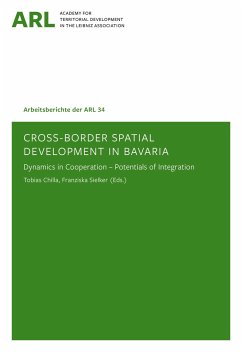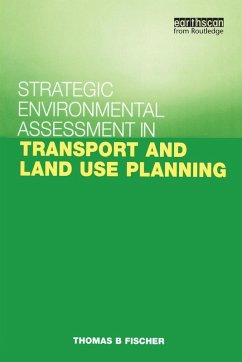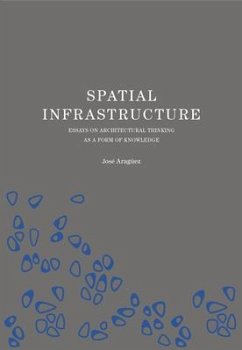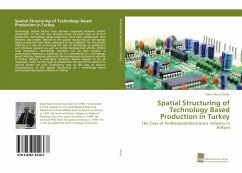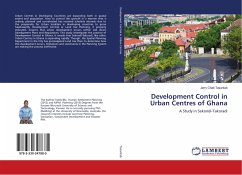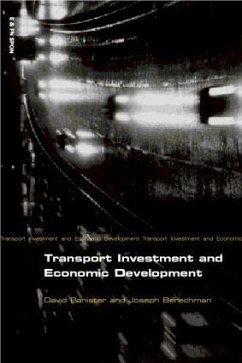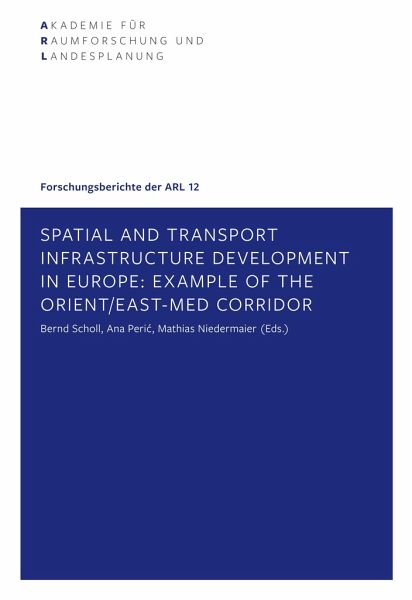
Spatial and Transport Infrastructure Development in Europe
Example of the Orient/East-Med Corridor
Herausgeber: Scholl, Bernd; Niedermaier, Mathias; Peric, Ana
Versandkostenfrei!
Versandfertig in 1-2 Wochen
36,90 €
inkl. MwSt.

PAYBACK Punkte
0 °P sammeln!
The Orient-East-Med Corridor is a key north-south transport corridor for Europe. Over its length of more than 2500 km, it connects the seaports of northern Germany with the Danube ports and Greek seaports. Seven capitals of EU member states are directly interlinked by the Corridor. At present however, it has genuine shortcomings in several aspects. The international working group Spatial and Transport Development in European Corridors: Example Corridor 22, Hamburg-Athens (2015-2018) trace the conditions for large scale, corridor oriented spatial and transport development in Europe and in parti...
The Orient-East-Med Corridor is a key north-south transport corridor for Europe. Over its length of more than 2500 km, it connects the seaports of northern Germany with the Danube ports and Greek seaports. Seven capitals of EU member states are directly interlinked by the Corridor. At present however, it has genuine shortcomings in several aspects. The international working group Spatial and Transport Development in European Corridors: Example Corridor 22, Hamburg-Athens (2015-2018) trace the conditions for large scale, corridor oriented spatial and transport development in Europe and in particular along the Orient-East-Med Corridor. The contributions in the anthology also focus on the importance of transnational initiatives in Europe and on territorial effects of transport policies. These topics are illustrated by analyses of current transport initiatives and urban developments at the most important nodes along the Corridor, so called Hot-Spots. During the work process, the authors asked themselves, if and how a strategy for the Corridor can take effect for an integrated spatial and transport development between Hamburg and Athens. The common answer is clear: A strategy for the Orient-East-Med Corridor allows the organization of a more balanced flow of goods throughout Europe in the long run. In the southeast section, enormous land reserves in the close vicinity of railway stations can be activated for urban development. Strengthening the Corridors infrastructure thus has a huge potential to trigger spatial development and ultimately contribute to territorial and social cohesion throughout Europe.



